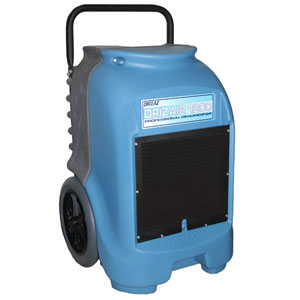 There once was a time when water-soaked carpet and furniture were unsalvageable after a major flood or pipe leak. Fortunately, the disaster restoration field has advanced tremendously over recent years, and commercial drying equipment, such as air movers and dehumidifiers, are now able to save homeowners a small fortune by expelling moisture from the air and allowing furniture and other water-damaged belongings to dry more quickly.
There once was a time when water-soaked carpet and furniture were unsalvageable after a major flood or pipe leak. Fortunately, the disaster restoration field has advanced tremendously over recent years, and commercial drying equipment, such as air movers and dehumidifiers, are now able to save homeowners a small fortune by expelling moisture from the air and allowing furniture and other water-damaged belongings to dry more quickly.
If you’re looking to rent or buy emergency drying equipment in San Francisco, you’ve come to the right place. In this blog, we’ll explain how to find the right unit for your needs.
When you’ve finished reading, Click Here to browse through our line of commercial drying equipment. If you need further assistance, call us at 415-644-5792.
Let’s examine four factors to consider when renting or buying emergency drying equipment:
1. Power and Capacity
How large is the room you intend to dry? Lower-power air movers and dehumidifiers tend to be cheaper, but if you need to dry a large room (2,000+ square feet), you’ll want a dehumidifier that can handle at least 22 pints. If the room was extremely wet, you should find a dehumidifier that can extract 37 pints. For a smaller room (<500 square feet), look for a dehumidifier with a capacity of 10 to 16 pints.
When evaluating the size of a commercial air mover, there are two factors to consider: cubic feet per minute (CFM) and horsepower. CFM is the measurement of the amount of air the machine moves in 60 seconds.
Most air movers have a power between ¼ horsepower and 1 horsepower. It is important to note, though, that an increase in horsepower doesn’t necessarily translate into an increase in CFM.
If you need help finding the right power and capacity for your needs, call us today at 415-644-5792.
2. Direction of Airflow
Your air mover should have a strong wind stream that can be felt from at least 8 meters away. Make sure the trajectory of the airflow is low to the floor.
3. Durable Body
You should expect machinery to fall or clank into one another from time to time during any restoration project. Make sure the air mover you choose has a durable body made from polyethylene or a similar material.
4. Mobility
Will you have to carry your air mover from one room to the next? If so, make sure the unit you choose is light enough to transport with ease.
Commercial & Emergency Drying Equipment in San Francisco
One of the biggest mistakes you can make after a serious flood or pipe leak is to wait too long to start the dehumidification and drying process. Call us today at 415-644-5792 to rent or buy commercial drying equipment in San Francisco.

